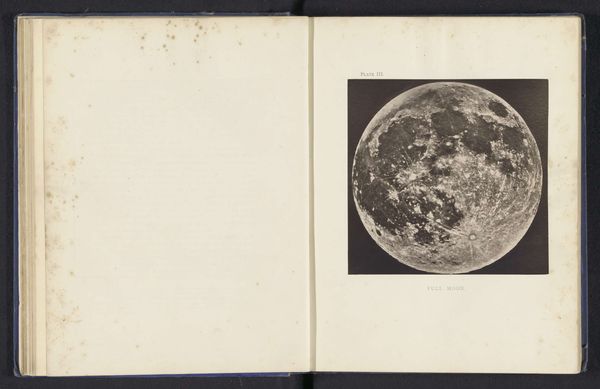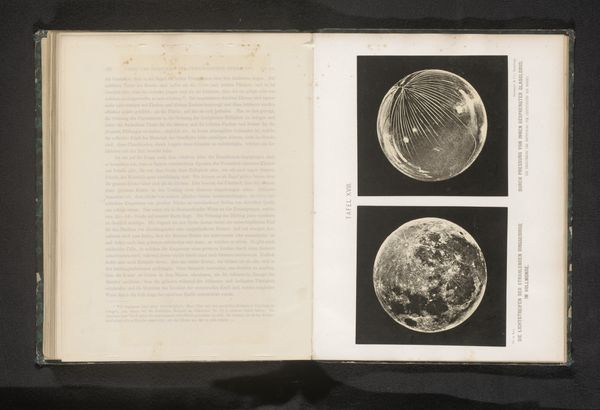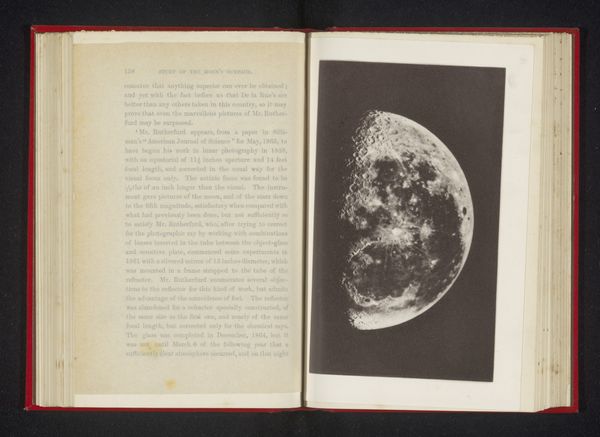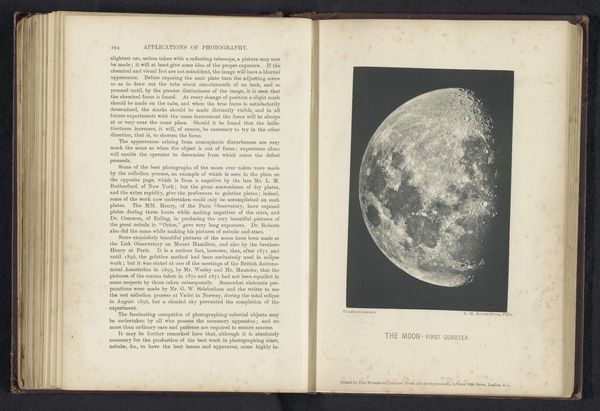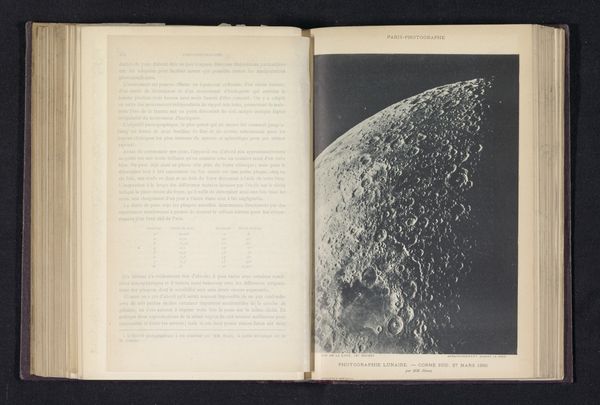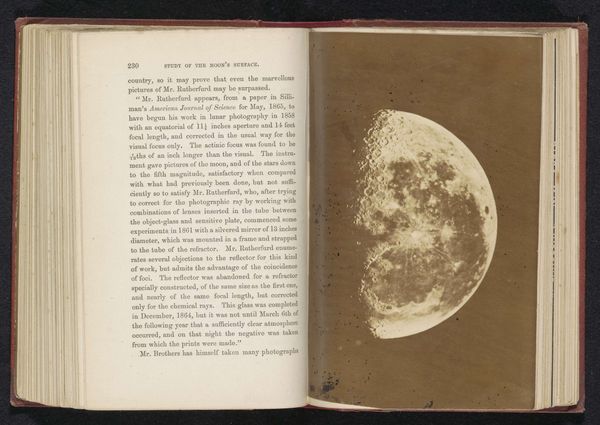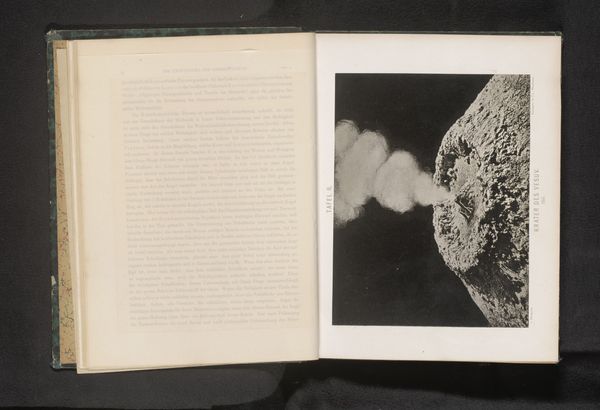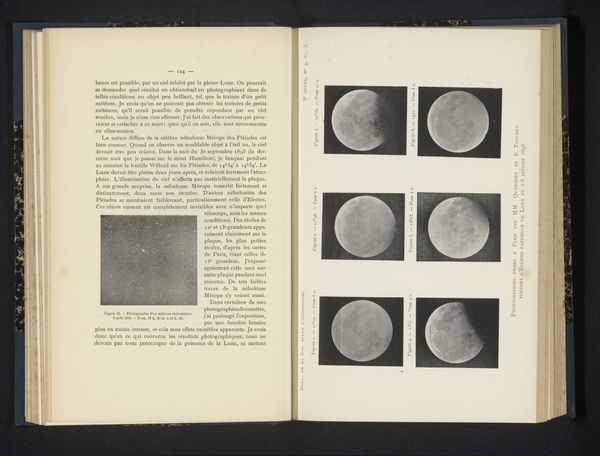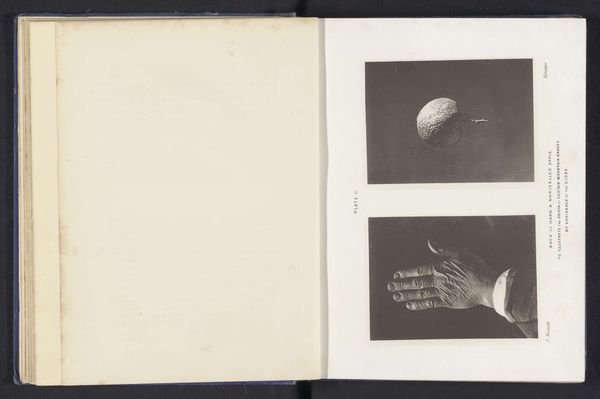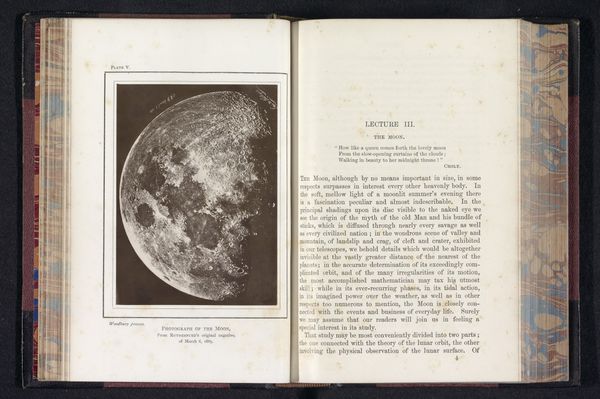
print, photography
# print
#
landscape
#
photography
Dimensions: height 129 mm, width 199 mm
Copyright: Rijks Museum: Open Domain
Curator: Here we have "Crater of Vesuvius. 1865," a photograph that appeared in print around 1873, attributed to J.H. and F.C. McQueen. The landscape subject is startling when presented in this close-up detail. Editor: Startling indeed. The black and white image creates a dramatic contrast; the craggy texture of the volcano feels almost alien, like a desolate moonscape rather than part of our Earth. It evokes a feeling of isolation, almost oppressive in its starkness. Curator: What's intriguing here is understanding the historical context during its making. Remember, this comes shortly after the unification of Italy. Consider the political landscape: photography democratized how people perceived sites of both destruction and tremendous national symbolism. Vesuvius was more than a geological feature; it was part of a new Italian identity. Editor: Absolutely. Vesuvius carries so much cultural memory. The plumes of smoke become potent symbols: of danger, certainly, but also of the Earth’s raw, untamed power. This imagery speaks to cycles of creation and destruction inherent in nature, something that profoundly impacts human consciousness and mythology. Curator: I find myself thinking about the accessibility of these images. It brought this once inaccessible site into people's homes. Were viewers reckoning with power, or with ideas around industrial development, social disruption and transformation? Editor: I suspect it was a complex mix. The photograph allows people to contemplate themes of fragility and permanence. Volcanic eruptions have served, historically, as potent metaphors for societal upheavals—the eruption, as both warning and aftermath, carries a tremendous weight. Curator: This reminds me that technology like photography influences social issues profoundly; by documenting it so readily, these views shift our relationships to what seems too colossal to overcome, too fixed to change. Thank you for offering insight into those powerful layers of understanding, today. Editor: My pleasure; it is ever a fascinating glimpse into human fears, creativity and resilience!
Comments
No comments
Be the first to comment and join the conversation on the ultimate creative platform.
